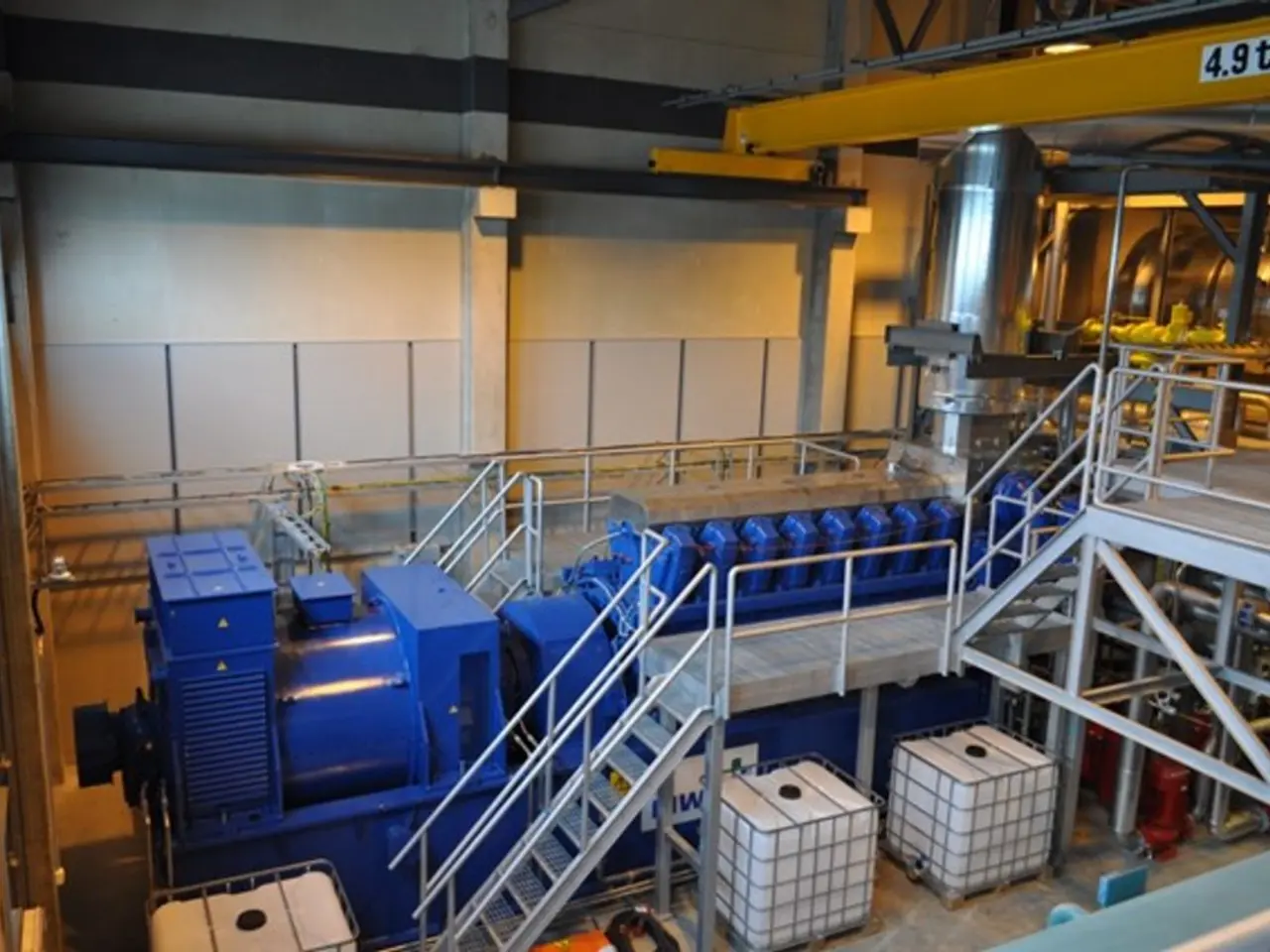Efficient Methods for Enhancing Factory Floor Productivity!
In the fast-paced world of manufacturing, the quest for optimized factory floor operations is a constant pursuit. By adopting a multi-faceted approach that encompasses layout optimization, waste management, standardized processes, staff training, and technology integration, factories can significantly reduce waste, prevent delays, and boost overall efficiency.
One of the key strategies is to **optimize factory layout and workflow**. This involves designing the physical arrangement of workstations, machines, and material flow paths to support the most logical and efficient production sequence. A well-thought layout minimizes wasted motion, reduces handling time, and smooths transitions between stages, leading to faster cycle times and lower operational costs.
Another essential strategy is to **implement lean manufacturing principles**. This extends the concept of waste beyond scraps to include waiting times, unnecessary movements, defects, and overproduction. Adopting methods like 5S (Sort, Set in Order, Shine, Standardize, Sustain) keeps workstations organized, reduces clutter, and improves material flow. Tools like value stream mapping and Kaizen are used for continuous waste identification and elimination.
Waste recycling and material management are also crucial components of an optimized factory floor. Starting recycling, reworking, or removing scrap materials not only keeps production areas clean but also improves workspace efficiency. Removing waste clutter allows better work-in-progress (WIP) staging and flow, which prevents delays and bottlenecks.
Standardization and staff training are equally important. Developing detailed work instructions with visual aids and enforcing standardization ensures that all workers perform tasks uniformly. This reduces process variation and increases predictability, helping to prevent delays and improve quality. Continuous training ensures that staff can efficiently follow procedures, use recycling equipment correctly, and adapt to process improvements.
Technology integration plays a vital role in optimizing factory floor operations. Incorporating AI-driven solutions for predictive maintenance minimizes unplanned downtime. Automating quality control reduces defects and waste. Real-time data collection helps monitor efficiency and highlight inefficiencies or delays promptly.
In summary, by combining these approaches, factory floor operations can be optimized effectively to minimize waste, avoid delays, and boost overall efficiency while maintaining a clean and well-organized production environment. The goal is to create a seamless, efficient, and sustainable manufacturing process that benefits both the factory and its customers.
[1] Lean Manufacturing: A Beginner's Guide. (2021). Retrieved from https://www.lean.org/whatslean/ [2] 5S: The Foundation of Lean. (2021). Retrieved from https://www.lean.org/whatslean/5s [3] Value Stream Mapping. (2021). Retrieved from https://www.lean.org/whatslean/value-stream-mapping [4] Kaizen: The Philosophy and Tools. (2021). Retrieved from https://www.lean.org/whatslean/kaizen
- The adoption of technology in manufacturing industries can lead to improved quality control, as automating quality checks reduces defects and waste.
- In addition to reducing waste and improving efficiency, optimized factory floor layouts can benefit the finance sector by lowering operational costs and boosting profits for businesses.
- With the implementation of lean manufacturing principles in transportation logistics, delays caused by waiting times, unnecessary movements, and overproduction can be minimized, optimizing the distribution of goods and services.




